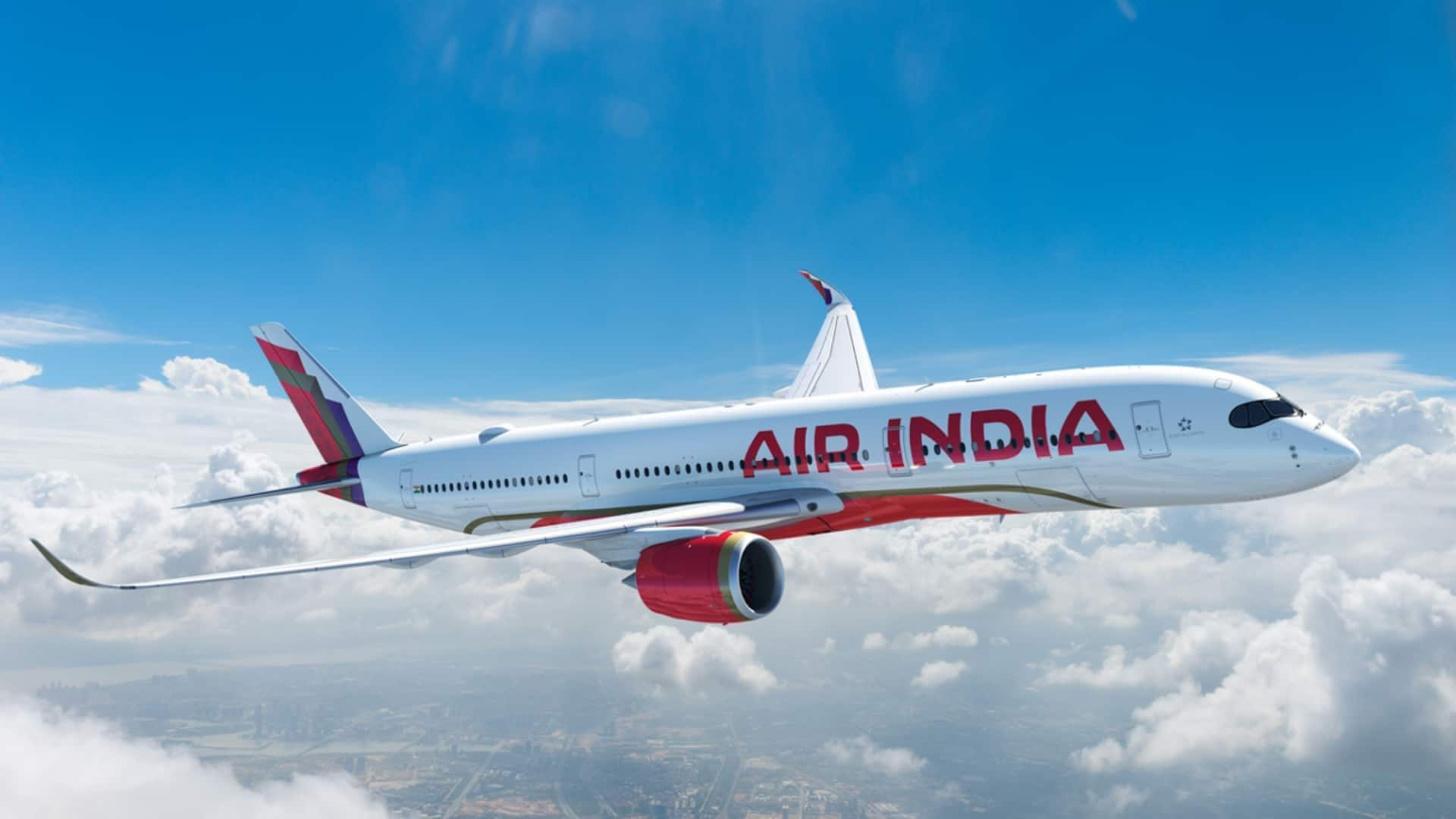
Can planes run on air? It's challenging but not impossible
What's the story
The aviation industry is looking at a revolutionary concept: planes powered by air-derived fuel. The innovative idea is a new kind of sustainable aviation fuel (SAF), which captures carbon dioxide (CO2) from the atmosphere and turns it into jet fuel. However, high costs currently prevent the widespread adoption of these e-fuels. The European Union Aviation Safety Agency says e-fuels average $8,720 per ton.
Fuel types
Understanding sustainable aviation fuels
Sustainable aviation fuels are broadly classified into two types: bio-based SAF and e-SAF. Bio-based SAF is made from organic materials like used cooking oil and agricultural waste, while e-SAF (also called electrofuels or e-kerosene) is made from renewable hydrogen and CO2 captured from the air. Although they can be carbon neutral, e-fuels are the most expensive option due to high carbon capture and electrolysis costs.
Industry perspective
E-fuels: A promising solution for aviation's carbon footprint
Camille Mutrelle, an aviation policy officer at Transport & Environment, believes e-kerosene could drastically reduce aviation sector's carbon footprint. Unlike bio-based SAF, which is limited by feedstock availability and land use concerns, e-kerosene can be scaled up sustainably to meet aviation fuel demand without competing with food production. However, e-fuels are still more expensive than conventional jet fuel.
Fuel production
E-fuels use CO2 from the atmosphere or industrial emissions
Carbon capture fuels provide an eco-friendly alternative to conventional biofuels, which are often based on monoculture crops such as sugarcane. These crops can negatively impact biodiversity and compete with food production. E-fuels use CO2 from the atmosphere or industrial emissions, along with hydrogen obtained from water through electrolysis with renewable electricity. The end product is a synthetic jet fuel that can be used in current aircraft engines, recycling carbon instead of contributing more to the atmosphere.
Company spotlight
Twelve: Leading the charge in carbon capture fuels
California-based start-up Twelve is leading the charge with its low-temperature CO2 electrolysis method. The energy-efficient process transforms CO2 and water into synthetic gas, the building block of synthetic fuel. According to representatives at Twelve, these "air-based fuels" can cut emissions by up to 90% compared to fossil jet fuel—without the environmental toll of drilling, refining, or transporting oil.
Business strategy
Twelve's commercial plans and partnerships
Twelve's first commercial demonstration plant, AirPlant One, is set to open in Washington state this year, with plans to produce 50,000 gallons of sustainable aviation fuel annually. United Airlines is a major supporter of this initiative. The company has also signed a deal to supply 260 million gallons of SAF over 14 years to Europe's International Airlines Group (IAG).
Industry outlook
The road ahead for e-fuels
Despite the promise of e-fuels, moving from fossil fuels to genuinely sustainable aviation is a complicated affair due to current investments in oil, politics, and regulatory speed. "Economies of scale are needed to lower prices, but the high upfront costs discourage airlines from adopting SAF widely," says Dublin City University aviation management professor Marina Efthymiou. However, experts think flying on air-fuel could be a reality sooner than we think with continued investment and policy support.